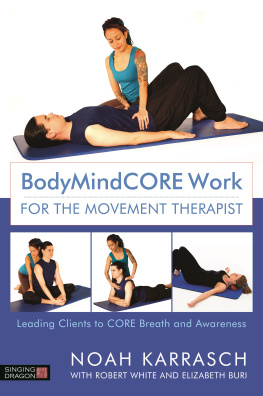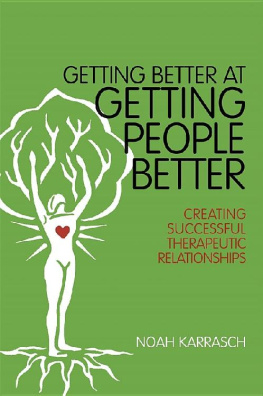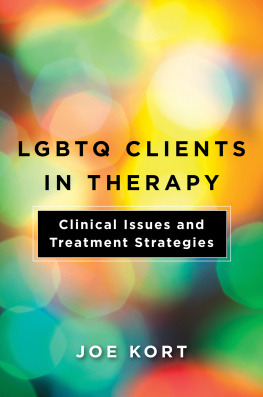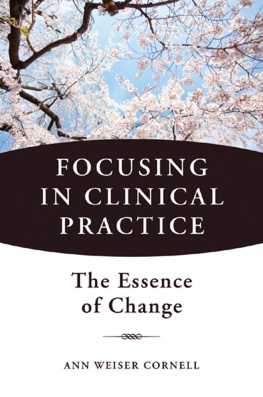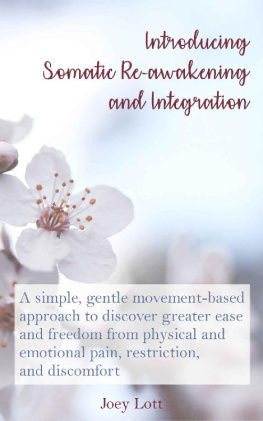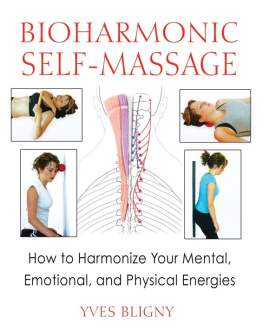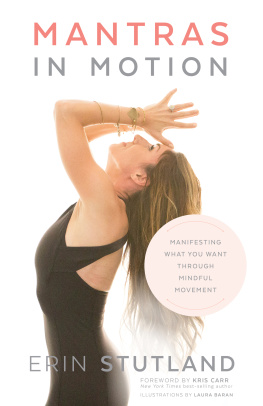
BodyMindCORE Work
FOR THE MOVEMENT THERAPIST
Leading Clients to CORE Breath and Awareness
Noah Karrasch with
Robert White and Elizabeth Buri
Illustrations by Michael Eaton
Photography by Brian Holden and Komeil Zarin

LONDON AND PHILADELPHIA
Contents
Disclaimer
This book features three authors; only one has a medical credential (Robert White, Chartered Physiotherapist). Our credentials all come from non-medical associations. Therefore, please take our ideas and advice in the spirit of exploration, not prescription. Ultimately, we all choose, somehow, our life, death, illness, or health. Others can assist us in directing that process toward wholeness, but each of us is responsible for finding our own answers. Those practitionersmedical and non-medicalwho claim perfect healing every time from their services are charlatans. We strive to be better as we hope to help you become better.
Go into the places where you hurt;
hopefully with someone you love,
definitely with someone you trust.
Feel the pain, listen to it, and then allow it to go away.
NOAH KARRASCH
Preface
This book began as an idea from Robert White, consultant physical therapist, Pilates teacher, and Level IV CORE bodyworker in Northeast England (www.body2fit.co.uk). Rob is director of Body 2 Fit Ltd a physiotherapy, sports injury, and rehabilitation clinic. Several years ago he asked me whether we might create a book that presents CORE terminology and philosophy to Pilates instructors in a way that would empower them to apply those principles more fully in their own work. In the ensuing years as both of us have thought about such a book, weve realized that all movement therapists could benefit from our ideasa guide to getting better results for clients by being more in tune with them, their bodies, and their restrictions up and down those client body lines. To do this we must get better results and clarity in our own practitioner bodies as well. The more we can help clients isolate, stretch, and release their restrictions (and our own), the less pain, the less lack of energy, the less curtailment of life happens. Its a worthy goal, and one we believe will be served by this book.
During the course of preparing for the writing, I invited another student, Elizabeth Buri from Malaysia, to participate in the writing as well. Liz is also a CORE Level IV worker, as well as a yoga instructor, Pilates instructor, and martial arts enthusiast (www.ourbodyspace.com). I believe, between the three of us, that we are able to offer valuable ideas that can both encourage and cross-pollinate any movement therapist to challenge their belief system and practice, opening their mind to new ideas and techniques across the spectrum of movement therapies. During courses with these two advanced students, Ive often been pleased and surprised to find the inventive work they offer when giving movement cues to clients and partners in the work. Im excited to mix traditional Asian influences with Western ideas in this book. With Robs head, and with Lizs heart, my gut says we have a good book of challenges for movement therapists. And, as we finish the writing, I realize many bodywork therapists could benefit from incorporating more of this work into theirs.
About ten years ago I first started using the term bodymindcore, which denotes to me that we cant just focus on a body. We must incorporate whats happening in the whole personin the body of course, but also in the emotional, mental, and energetic states as well. To acknowledge only the physical part of any person without inviting them to examine their feelings, their feelings around their bodies, and their feelings around the pains and restrictions in that body, is to not treat the entire being. Some clients will resist the attempt to bring them into their full bodymindcore; its still meant to be a goal of total healing. Too often clients want and expect us as therapists to fix them. This book challenges us to be better at involving the client more fully in their own process, and teach them how to fix themselves through movement work with a liberal dose of common sense. We all begin with bodies; how we choose to use them is where the variations occur. Can we all begin to use them more wisely, efficiently, and happily?
My CORE model is currently focused on the vision of four major centers in our body: head, heart, gut, and groin. In addition to these centers, I see gateways; between these centers as well as between the ground and groin, and between the head and heavens. Its my intention to help therapists learn to isolate their clients trouble spots and provide helpful instruction as to how to release any restrictions in these centers and gateways so that energy flows freely through the entire being.
I trained as a rolfer in 19856. Prior to that time I was a musician and music teacher; working with and understanding rhythm, harmony, and melody. Ive always thought that career helped me in this one I hear and see the rhythm and melody of a body moving through space. But the movement of that melody, harmony, and rhythm becomes the joy of music, and of helping others feel better. Listening to only one note with no rhythm moving through would become boring and painful, just as no movement in life can become painful and debilitating.
From certification with the Rolf Institute in 1986 and advanced certification from the Guild for Structural Integration in 1991 I began exploring the concepts I advocate today. In about 1989 or 1990 I attended a Rolf movement workshop co-taught by Vivian Jaye and Jane Harrington. At the end of the six days of work (and probably at the beginning as well), both encouraged us to avail ourselves of Rolf movement work, and to become our own movement therapists, for self and for clients, if no registered movement therapists were available in our area. Ida Rolfs reason for asking students to develop positive movement work was that as we (rolfers) created better bodies for our clients, we also needed to teach those bodies how to move in this newer and better alignment. I accepted that charge and have investigated movement personally for all these years.
Personally means Ive spent some time with movement experts: yoga and tai chi classes (no martial arts for me, though!), sessions with Rolf movement, Feldenkreis, Alexander, Pilates, and CORE Energetics practitioners, and dipping into many self-help movement books. Through all this help, and more, Ive developed what works for me. I believe this is something we therapists must do for ourselves as individuals, in order to be our clients most effective helper. We want to coax them to develop the movement feel and style that serves them most efficiently as it invites them to explore and expand their personal core experience. And, if were honest, most of us, like our clients, know what we need to do to help ourselves, but we only do it when we get into trouble!
So, though I consider myself primarily a bodyworker and teacher of bodywork, I also consider myself a purveyor of movement awareness to my bodywork clients, primarily through the filter of the learnings from my own body. These learnings were greatly accelerated by an accident in late 1987, only a year and a half after Rolf certification.
In that year many life changes had happened to me: newly certified as a rolfer, newly divorced, newly located to a new area, etc.things were moving fast! In November, on the Thanksgiving weekend, a friend and I flew his two young sons in his private plane to Disney World in Florida for a short holiday. On his approach to refuel on the way home, he ran out of gas and had to set the plane down hard and fast on an Alabama city highway embankment. We were all injured.
Next page
